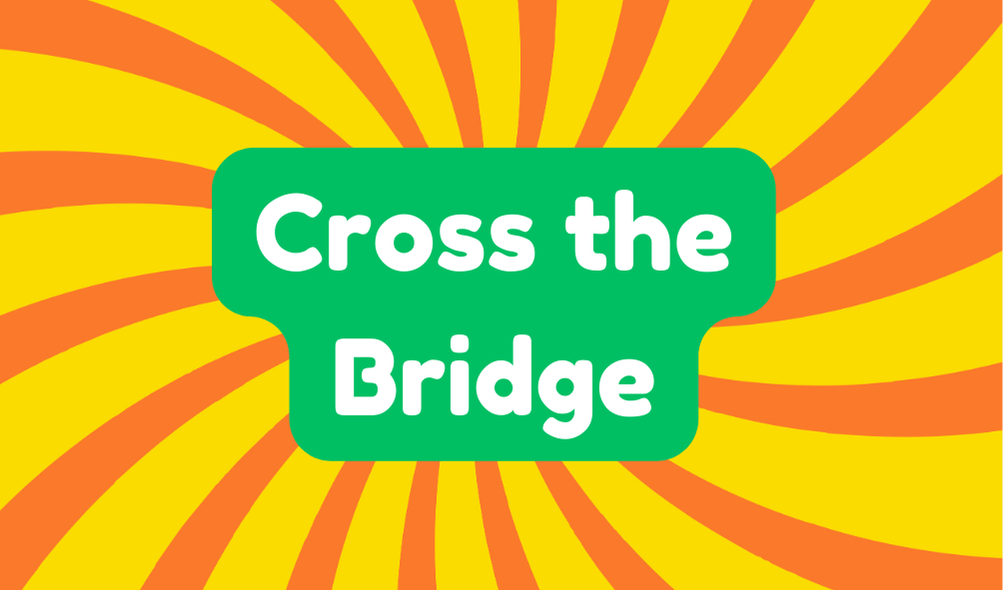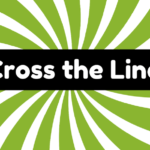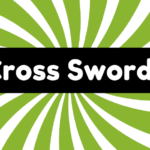The phrase "cross that bridge when we come to it" advises people to address problems only as they arise, rather than worrying about them prematurely. Originating before the 1800s, it emphasizes overcoming obstacles rather than stressing over potential issues. Practical examples include managing job uncertainties or future challenges. Its usage prompts a flexible mindset, although over-reliance can lead to avoidance of genuine concerns. To understand its broader implications, further exploration may prove insightful.
Synonyms
Synonyms for the phrase "cross the bridge" often convey similar themes of timing and problem-solving. These alternatives highlight a tendency for delayed decisions and approaches to proactive problem solving, encouraging reflection on immediate versus future concerns.
- Address issues as they emerge
- Tackle problems when necessary
- Deal with challenges in due time
- Wait for the situation to unfold
- Confront difficulties at the right moment
While these expressions offer a framework for managing anxiety, they can also serve as a distraction from proactive strategies. Innovative thinkers may find merit in addressing potential challenges ahead of time, enhancing preparedness.
Example of Sentences
Examining how the phrase "cross the bridge" is used in sentences reveals its practical application in everyday conversation. This idiom serves to remind individuals to postpone anxiety over problems until they occur. Consider these example sentences:
- "We will cross that bridge when we get to it."
- "There's no need to worry about the cost; we'll cross that bridge later."
- "She decided to focus on her current tasks and cross future bridges when needed."
- "Facing potential job losses, the team resolved to cross that bridge as it came."
- "They understood that worrying now was futile; crossing the bridge would happen in due time."
Origin
The phrase "cross that bridge" has an origin that remains somewhat uncertain, but it has been part of the English language since well before the 1800s. In its historical context, crossing bridges signified overcoming obstacles, often fraught with unpredictability. The cultural implications underscore a society wrestling with the complexities of planning and problem-solving. This idiom, demonstrating wisdom about dealing with future challenges, reflects an age-old understanding of human nature's tendency to anticipate issues. While its roots may be obscure, its relevance persists as a practical mantra for traversing life's uncertainties with a critical, grounded approach to decision-making.
Collocations
Collocations related to the phrase "cross that bridge" reveal how it is commonly used in various contexts, illustrating its role in everyday speech. These expressions highlight the nuances of bridge crossing and address the challenges inherent in dealing with future uncertainties.
- "Crossing the bridge of uncertainty"
- "Bridging challenges to solutions"
- "Facing a bridge of decisions"
- "Preparing for bridge crossings in life"
- "Navigating bridge challenges together"
Understanding these collocations invites a closer examination of how individuals frame their responses to potential problems, suggesting a deliberate approach to managing anxieties and fostering resilience in uncertain times.
How to Use in Everyday Language
While it may seem simple, using the phrase "cross that bridge when you come to it" effectively in everyday language requires a nuanced understanding of its meaning and context. Individuals must recognize that it applies best in bridge scenarios where preemptive worry offers little benefit. Its practical applications emerge in situations like job changes or unexpected challenges, emphasizing a flexible mindset. However, relying solely on this phrase can lead to avoidance of genuine concern or action. Consequently, while it encourages calmness, one must balance its wisdom with proactive planning, ensuring that it does not become a barrier to addressing important issues head-on.
Why Is It Still Relevant Today?
Crossing bridges, metaphorically speaking, remains a poignant expression in today's fast-paced world, encapsulating a pragmatic approach to life's uncertainties. Its modern application highlights a critical mindset, encouraging individuals to address challenges only when they arise, rather than succumbing to unnecessary anxiety. This philosophy resonates amid constant change and unpredictability, providing comfort in a society that often obsesses over future problems. Culturally significant, the idiom serves as a reminder of the value of mindfulness, advocating for focus on present realities instead of hypothetical fears. Embracing this wisdom fosters resilience, making it a valuable perspective even in contemporary discourse on stress and decision-making.






